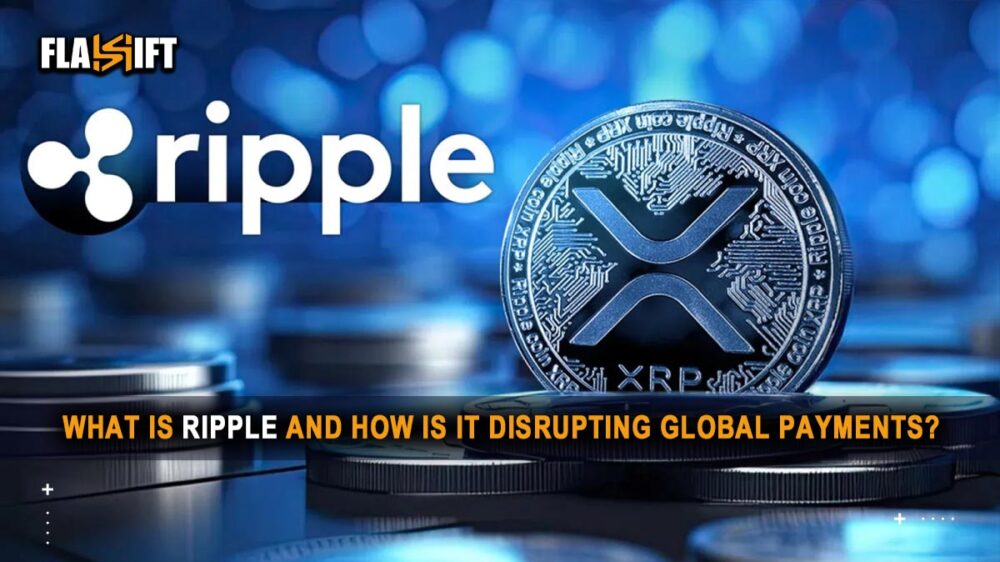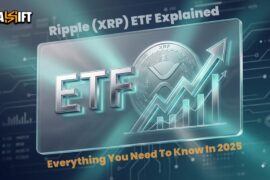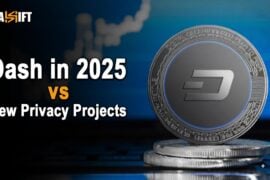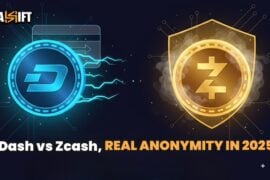After the conflict with the SEC, the question has entered common parlance among investors, developers, and financial institutions: What is Ripple? Ripple, being powered by its native token, XRP, is not just another blockchain project; it is a revolutionary global payment protocol that intends to streamline and modernize cross-border money transfers.
With its motto of real-time, low-cost, and secure transactions, Ripple intends to build an opposition to an archaic SWIFT system and redefine the process of money transfers the world over.
In this guide, we will explain what Ripple is, how it works, and why it has fast become a key player in the future of global finance.
Introduction to Ripple and XRP | What is Ripple?
Ripple is a blockchain-based payment protocol. It is designed to provide faster, cheaper, and more efficient transactions for international money transfers. At the core of Ripple’s ecosystem is its native token, XRP, which acts as a bridge to facilitate liquidity and instant settlement between different fiat currencies. Unlike traditional banking systems that rely on slow and costly intermediaries, Ripple uses its decentralized network, RippleNet, to enable real-time global payments across borders.
So, what is Ripple exactly? It’s both a tech platform and a company (Ripple Labs) that is working closely financial institutions to modernize the global payments infrastructure. With its unique consensus mechanism, Ripple offers a scalable and eco-friendly alternative to traditional blockchains, positioning XRP as a powerful tool in the future of international finance.
Read More: Ripple (XRP) ETF Explained: Everything You Need to Know in 2025
How RippleNet Works
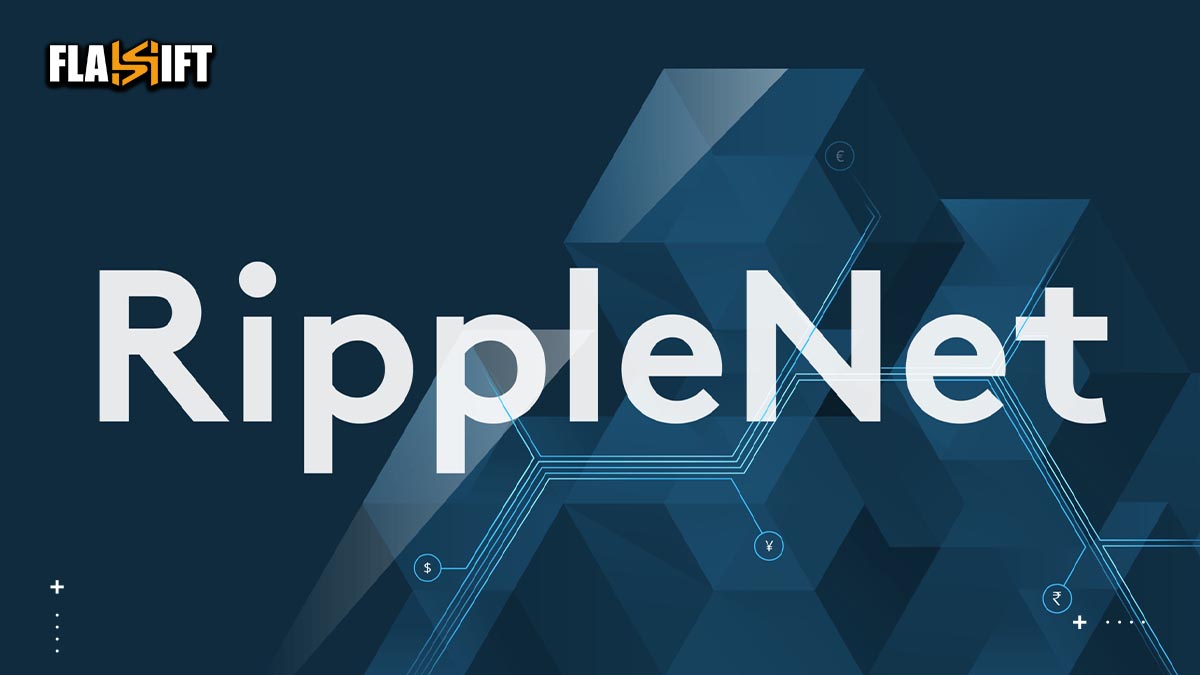
RippleNet is Ripple’s global payment network designed to connect banks, payment providers, and financial institutions through a unified infrastructure. It allows them to send and receive payments across borders quickly, reliably, and at low cost, without relying on the slow and expensive traditional SWIFT system.
RippleNet operates on top of Ripple’s distributed ledger technology and uses a protocol called the Ripple Transaction Protocol (RTXP). Here’s how it works in practice:
- Direct Bank-to-Bank Connection: Institutions join RippleNet and establish trust lines with one another. This allows them to transact directly, eliminating the need for multiple intermediaries.
- Real-Time Settlement: Once a transaction is initiated, RippleNet verifies and settles it within seconds. Unlike traditional systems that can take days, RippleNet provides near-instant finality.
- Use of XRP for Liquidity (On-Demand Liquidity – ODL): In corridors where liquidity is limited, RippleNet leverages XRP as a bridge currency. This means a sender’s fiat currency is converted to XRP, transferred across the network, and then converted back to the recipient’s local currency—all within seconds.
- Lower Fees and Transparency: RippleNet dramatically reduces transaction costs and offers full traceability. Every transaction is recorded and can be audited, enhancing trust and accountability.
By enabling seamless, fast, and low-cost cross-border payments, RippleNet is revolutionizing the way money moves globally—bridging the gap between traditional finance and the new era of blockchain-powered solutions.
Ripple vs SWIFT: The Future of Cross-Border Payments
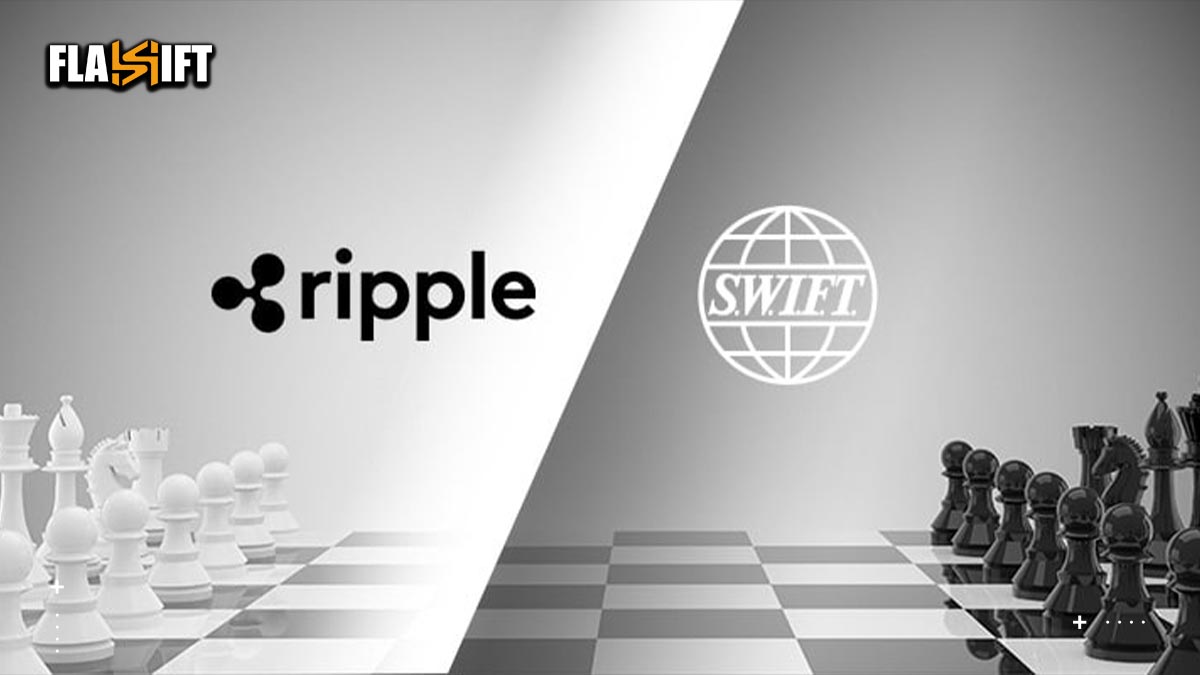
For decades, SWIFT (Society for Worldwide Interbank Financial Telecommunication) has been the global standard for cross-border payments. But as the demand for faster, cheaper, and more transparent financial transactions grows, Ripple has emerged as a serious challenger. By leveraging blockchain technology and the XRP token, Ripple is redefining how international money transfers should work in the digital age.
Key Differences
- Speed: SWIFT transfers typically take 2–5 business days to settle, especially across different time zones or currencies. Ripple transactions, on the other hand, settle in 3–5 seconds using RippleNet and XRP as a bridge asset.
- Cost: SWIFT transfers involve multiple intermediaries, each taking a fee. Ripple eliminates these layers, significantly reducing transaction fees.
- Transparency: SWIFT transactions often lack real-time tracking and can be opaque to the sender and receiver. Ripple offers end-to-end visibility and instant confirmation.
- Liquidity: While SWIFT relies on pre-funded accounts (nostro/vostro accounts), Ripple’s On-Demand Liquidity (ODL) uses XRP to source liquidity in real-time, freeing up billions in trapped capital.
The Future Outlook
While SWIFT is trying to modernize with initiatives like SWIFT gpi, it still operates within the framework of legacy banking infrastructure. Ripple, by contrast, is built natively for the internet era. With partnerships across over 100 financial institutions, Ripple is gaining traction as a viable alternative to SWIFT, especially in emerging markets.
As blockchain adoption continues to grow, Ripple’s real-time settlement capabilities, cost efficiency, and liquidity solutions could make it a dominant force in the future of cross-border payments.
Use Cases of XRP for Banks and Institutions
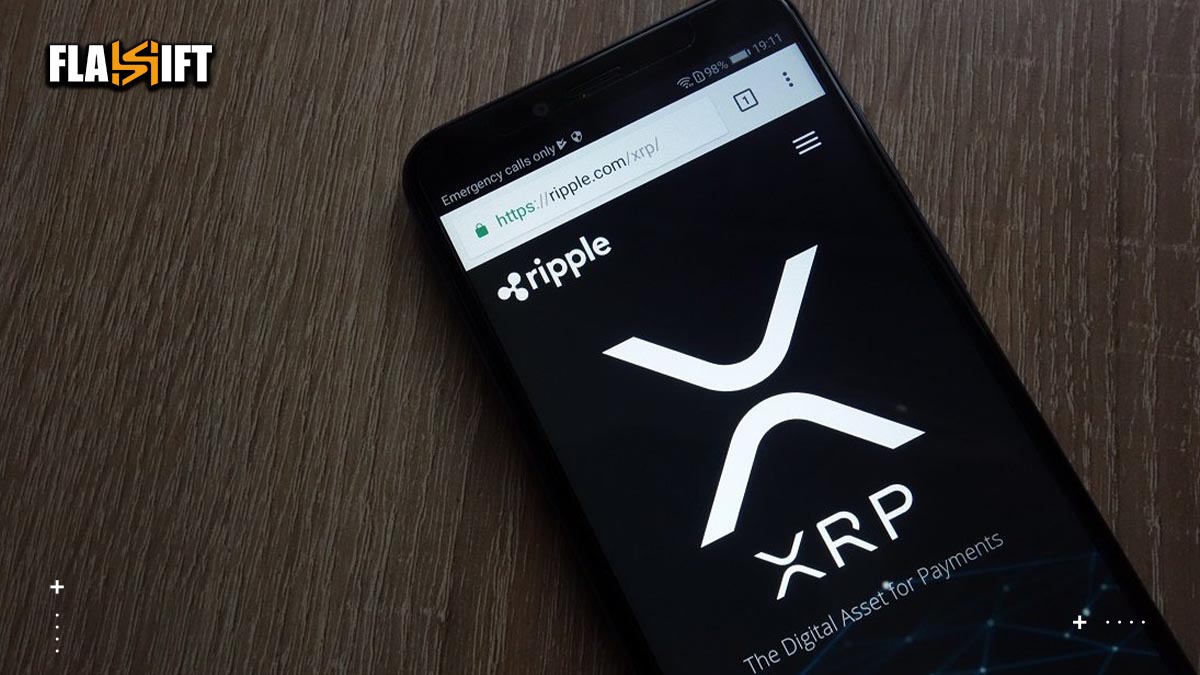
XRP, the native digital asset of the Ripple ecosystem, offers several high-impact use cases for banks, payment service providers, and financial institutions. Unlike many cryptocurrencies that focus solely on peer-to-peer transactions or retail use, XRP is purpose-built for institutional-grade utility, especially in the realm of cross-border finance.
-
On-Demand Liquidity (ODL)
One of the most transformative use cases of XRP is On-Demand Liquidity. Instead of requiring banks to pre-fund nostro accounts in foreign currencies—which ties up billions in capital—XRP acts as a bridge currency. It allows financial institutions to source liquidity instantly by converting fiat-to-XRP and XRP-to-fiat on both ends of a transaction, cutting costs and improving cash flow efficiency.
-
Faster Cross-Border Settlements
Using RippleNet and XRP, banks can settle international payments in seconds, compared to traditional systems that may take days. This real-time settlement capability enhances customer experience and provides a competitive edge, especially for remittance services and high-frequency corporate transactions.
-
Lower Transaction Costs
Traditional cross-border payments involve several intermediaries and incur multiple layers of fees. By using XRP and RippleNet, banks can bypass intermediaries, reducing operational costs and offering more competitive pricing to clients.
-
Risk Reduction and Capital Efficiency
By eliminating the need to hold funds in multiple foreign accounts, banks reduce their exposure to currency fluctuation and free up trapped capital. This makes treasury operations more efficient and reduces overall financial risk.
-
Interbank Settlements
Banks and financial institutions can use XRP for interbank settlements in a decentralized, secure, and transparent environment. The high throughput and low cost of XRP transactions make it suitable for both retail and wholesale banking needs.
With its ability to enhance speed, lower costs, and optimize liquidity, XRP is increasingly seen as a strategic tool for banks and financial institutions looking to modernize their cross-border payment infrastructure.
Is XRP a Good Investment in 2025?
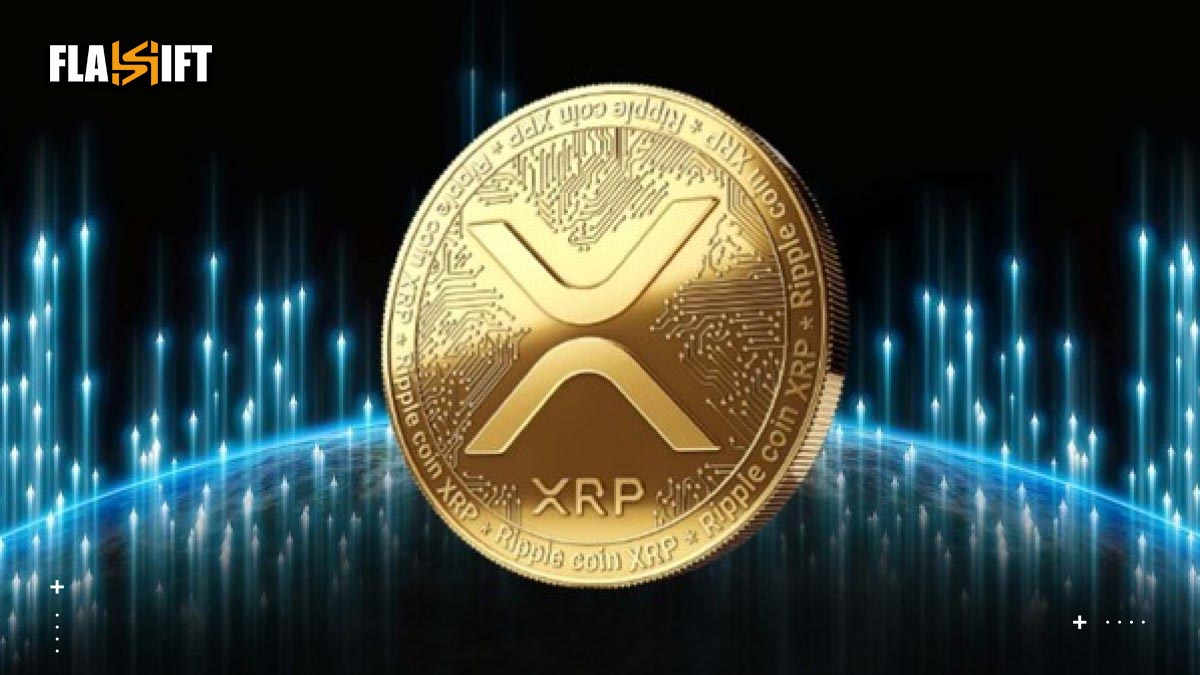
XRP has emerged as one of the most talked-about cryptocurrencies in 2025, especially after resolving its legal battle with the U.S. Securities and Exchange Commission. With the lawsuit behind it, XRP is now relisted on major exchanges, benefiting from renewed investor confidence and growing institutional interest. The introduction of a stable regulatory environment, paired with Ripple’s ongoing partnerships with global banks and payment networks, has positioned XRP as a strategic asset in the digital finance space.
Bullish Drivers
One of the major drivers of XRP’s investment potential this year is the anticipation of a spot XRP ETF. Analysts suggest that ETF approvals could inject billions in institutional capital into XRP, potentially driving its price above $5 by the end of the year. Ripple is also expanding its ecosystem through tokenization features on the XRP Ledger and the launch of its own stablecoin, RLUSD. With over 300 financial institutions actively using RippleNet and real-world volume increasing, the utility of XRP continues to grow beyond speculation.
Challenges
Despite these strengths, XRP is not without risks. Price volatility remains a key concern, as XRP has historically seen wide fluctuations in short timeframes. Additionally, the fact that Ripple Labs still controls a significant portion of XRP’s supply—locked in monthly escrows—raises concerns about centralization and price pressure. Global regulation, while more favorable in the U.S., remains uncertain in other jurisdictions and could impact Ripple’s expansion.
Price Outlook (2025 Forecasts)
Looking at price forecasts, moderate predictions place XRP in the $3–$5 range by year-end, with some optimistic models suggesting a potential breakout to $7 or higher under ideal market conditions. More cautious analyses, however, see XRP ending the year around $2–$3 if the broader crypto market stalls or if ETF approvals are delayed.
Recommendation
- Risk-tolerant, long-term investors: Consider a modest allocation (e.g. ≤ 5% of crypto portfolio). XRP has strong structural tailwinds and could outperform via ETF flows or institutional adoption.
- Short-term/trading focus: Exercise caution—take profits near $3–5 resistance, use stop-losses to guard against crypto-wide selloffs.
- Conservative investors: Wait for ETF approval and price consolidation (e.g. support near $2) to reduce entry risk.
Conclusion
In conclusion, Ripple (XRP) stands as a good investment opportunity in 2025, especially for holders who buy and hold and believe in Ripple’s vision to revolutionize international payments. Compared to most altcoins, with its clearer regulatory backdrop, increasing usefulness, and growing institutional acceptance, it is much more attractive. It is, however, best approached with a balanced strategy due to its volatility and some ongoing risks-considered an inclusion in one’s diversified cryptocurrency portfolio, especially for those investors operating with somewhat higher risk tolerance.
FAQ
- How does Ripple differ from XRP in real-world banking use?
Ripple is the company that develops financial technologies like RippleNet, while XRP is the digital asset used within those systems—primarily as a bridge currency for liquidity in cross-border payments.
- Can Ripple’s technology be used without using XRP?
Yes, banks can use RippleNet for messaging and settlement without XRP, but XRP becomes essential for On-Demand Liquidity (ODL), which eliminates the need for pre-funded accounts.
- What makes Ripple suitable for central bank integration?
Ripple’s speed, scalability, and low cost align well with the infrastructure needs of Central Bank Digital Currencies (CBDCs), and its support for stablecoins (like RLUSD) strengthens its interoperability.
- Is Ripple aiming to replace SWIFT entirely or work alongside it?
Ripple is positioning itself as a modern alternative to SWIFT, especially for instant cross-border transactions, but in some corridors, it may operate alongside existing systems to enhance efficiency.
- Why is XRP considered a solution for “trapped capital” in banks?
XRP allows institutions to access liquidity instantly, eliminating the need to hold funds in multiple foreign accounts—freeing up billions that are otherwise locked in the traditional banking system.


